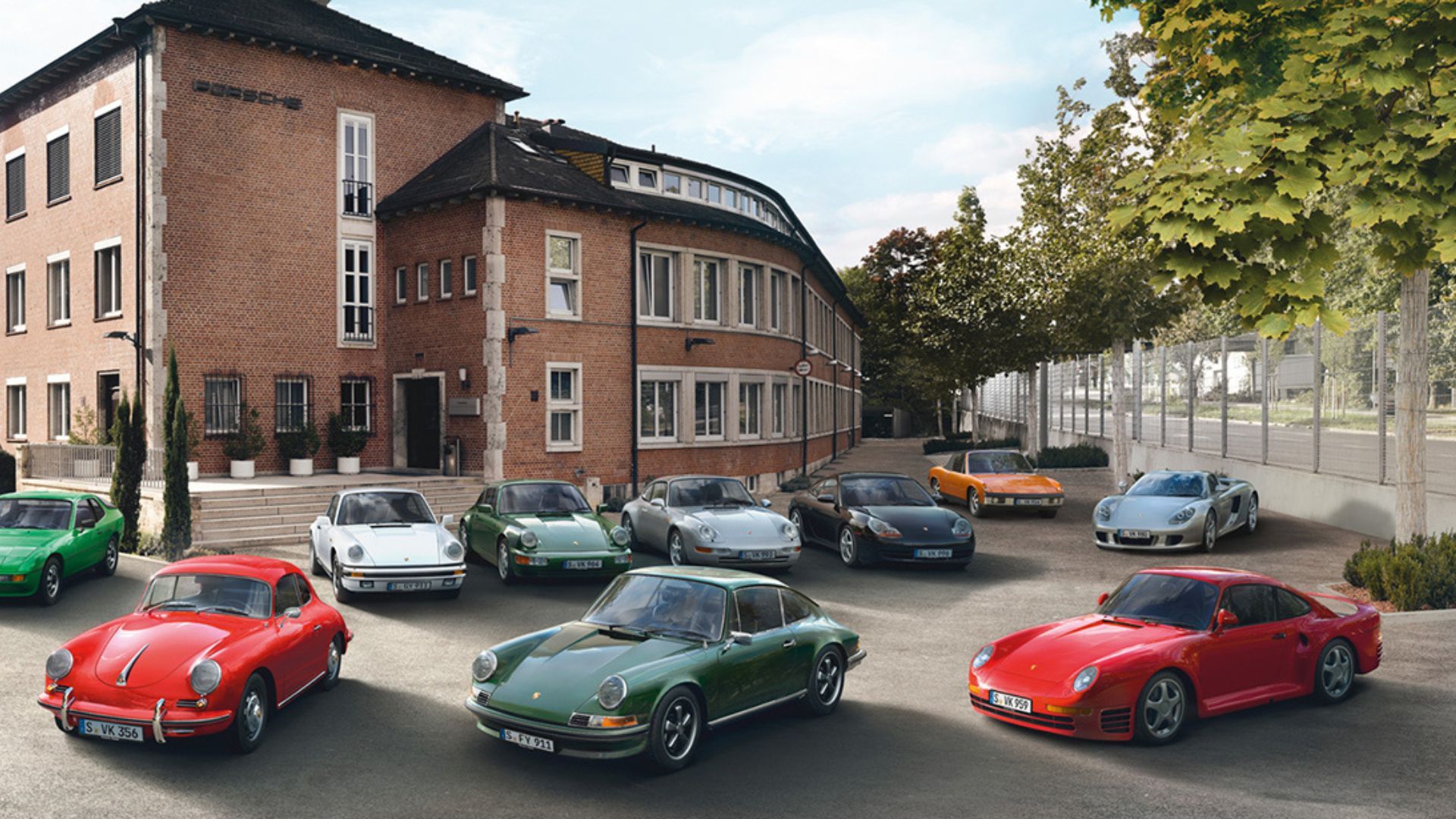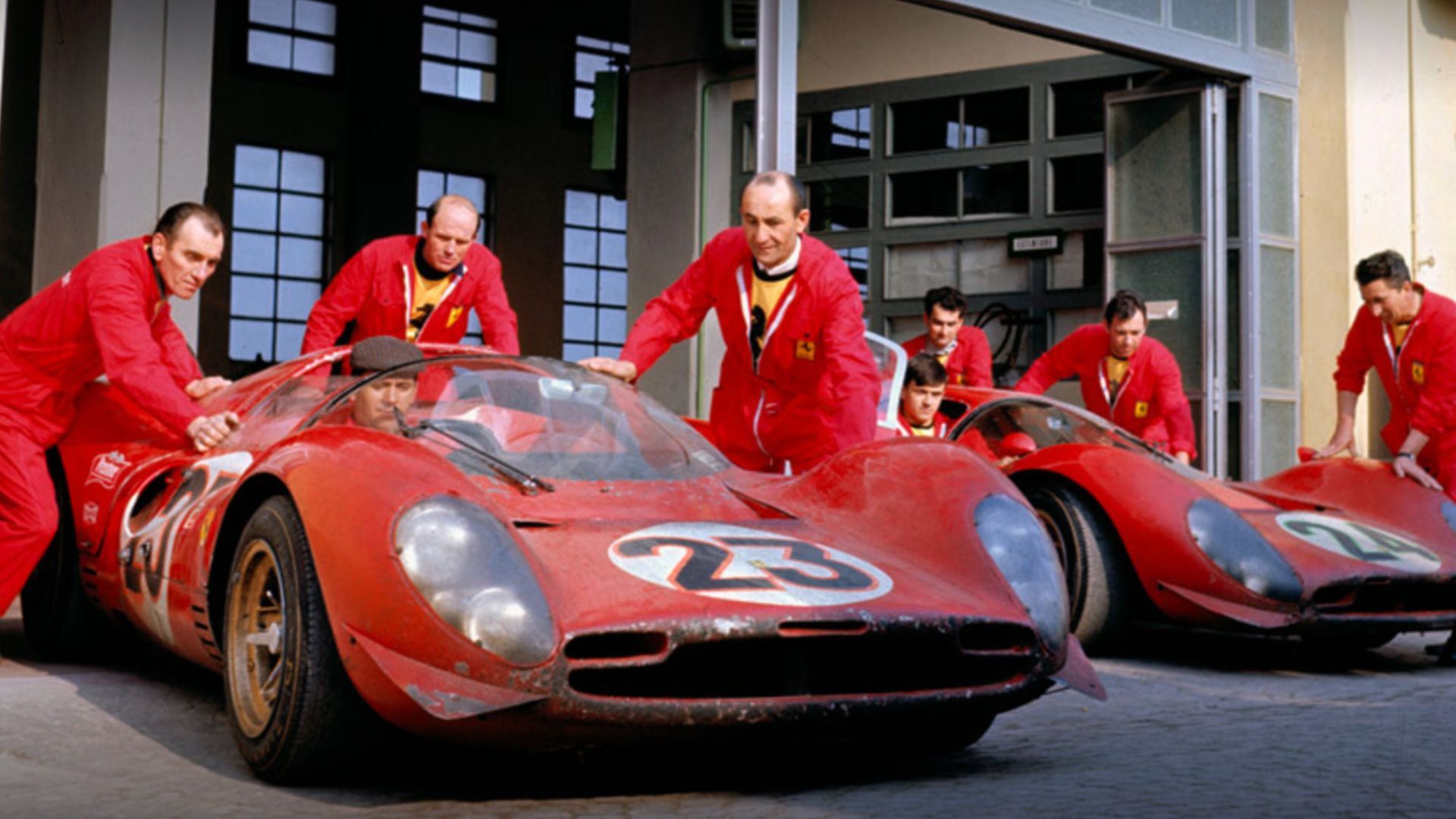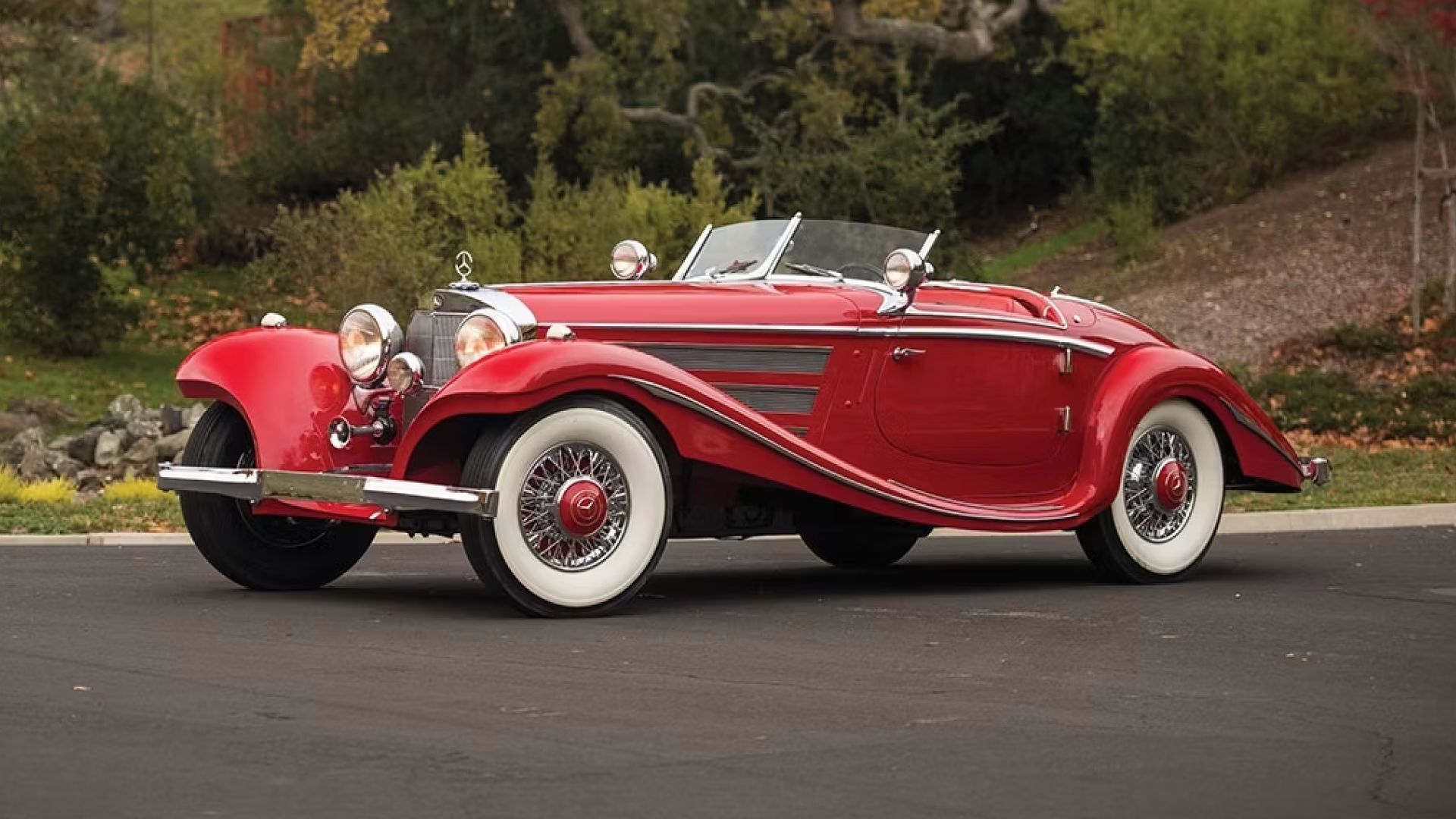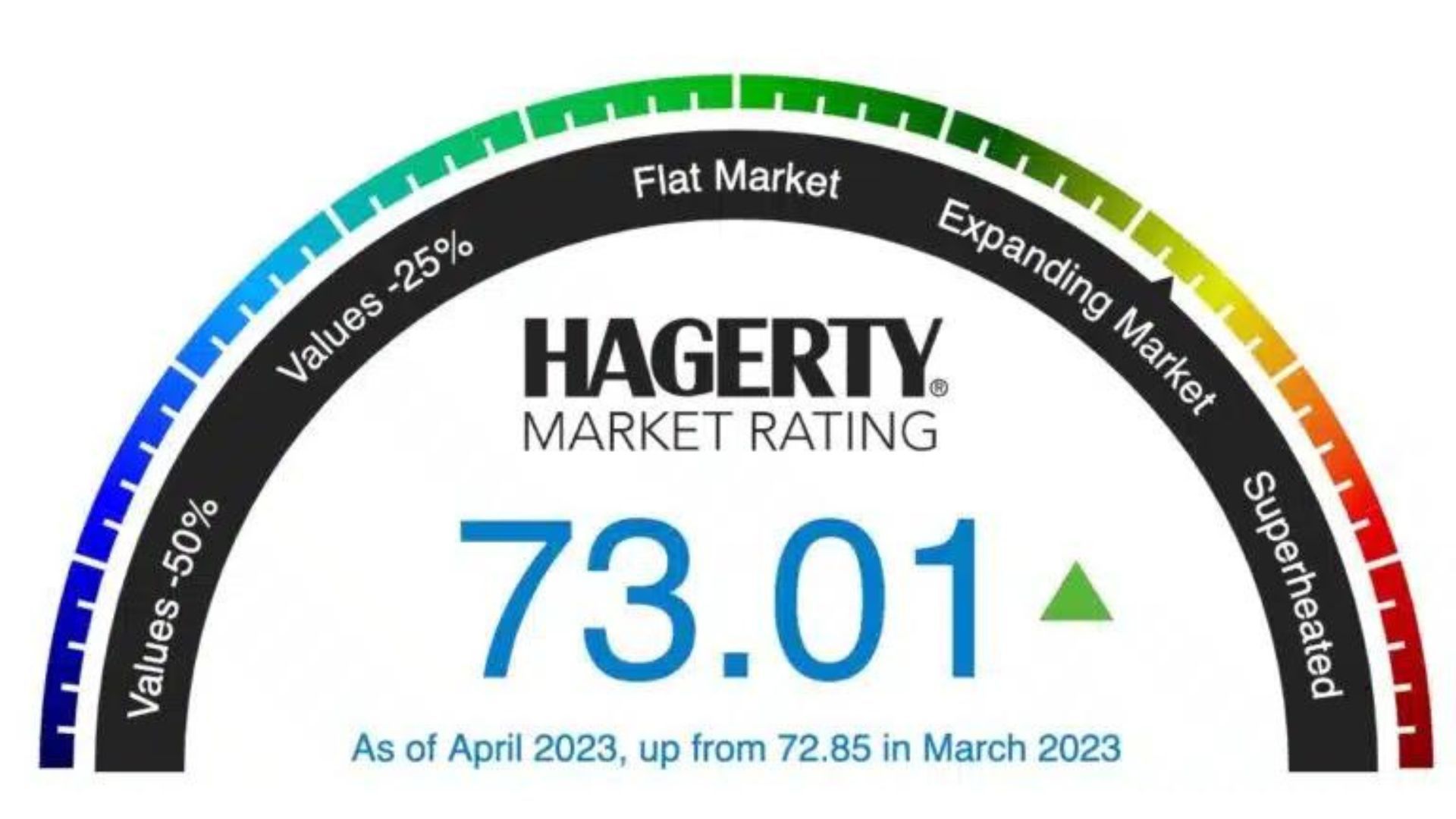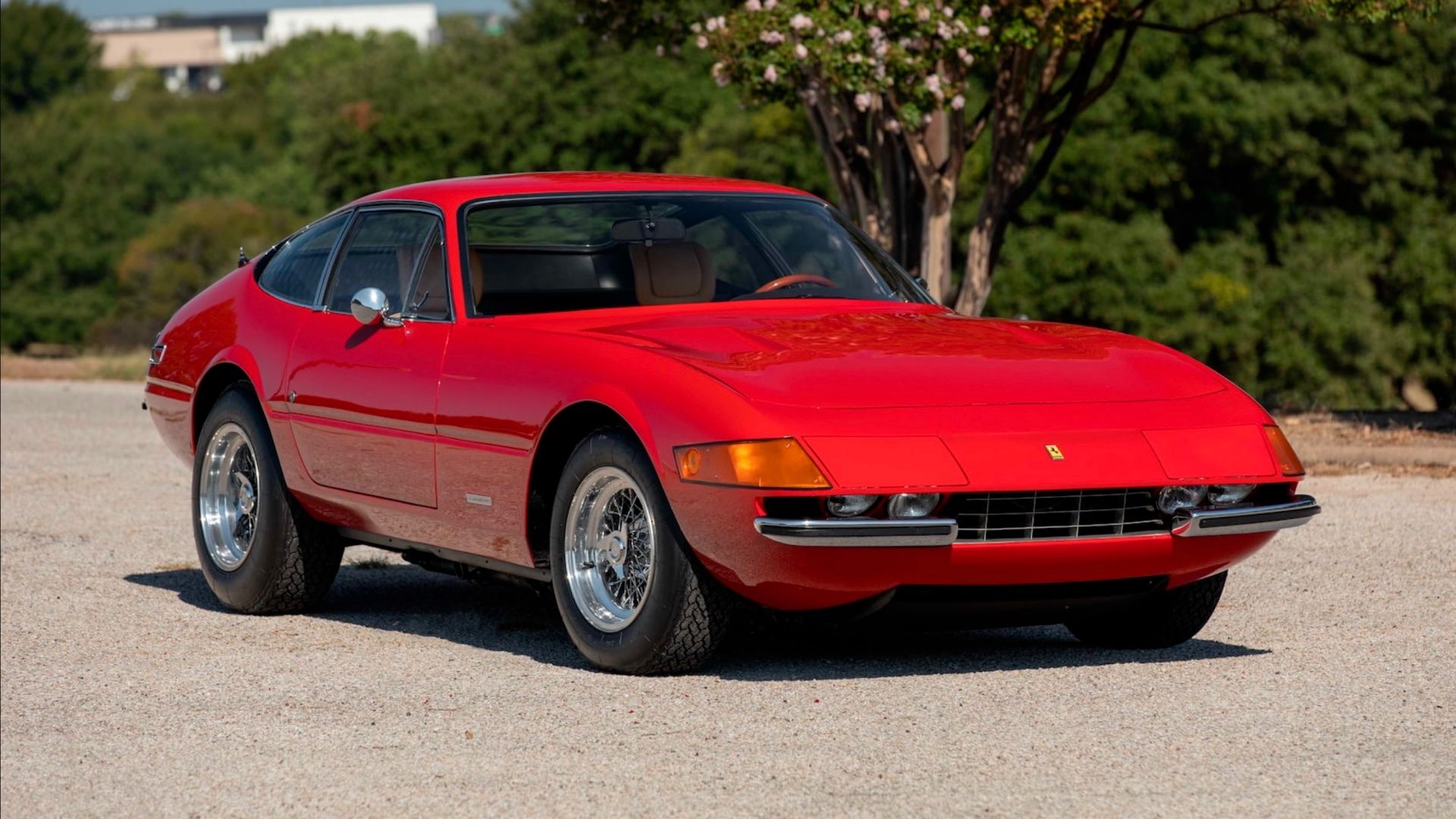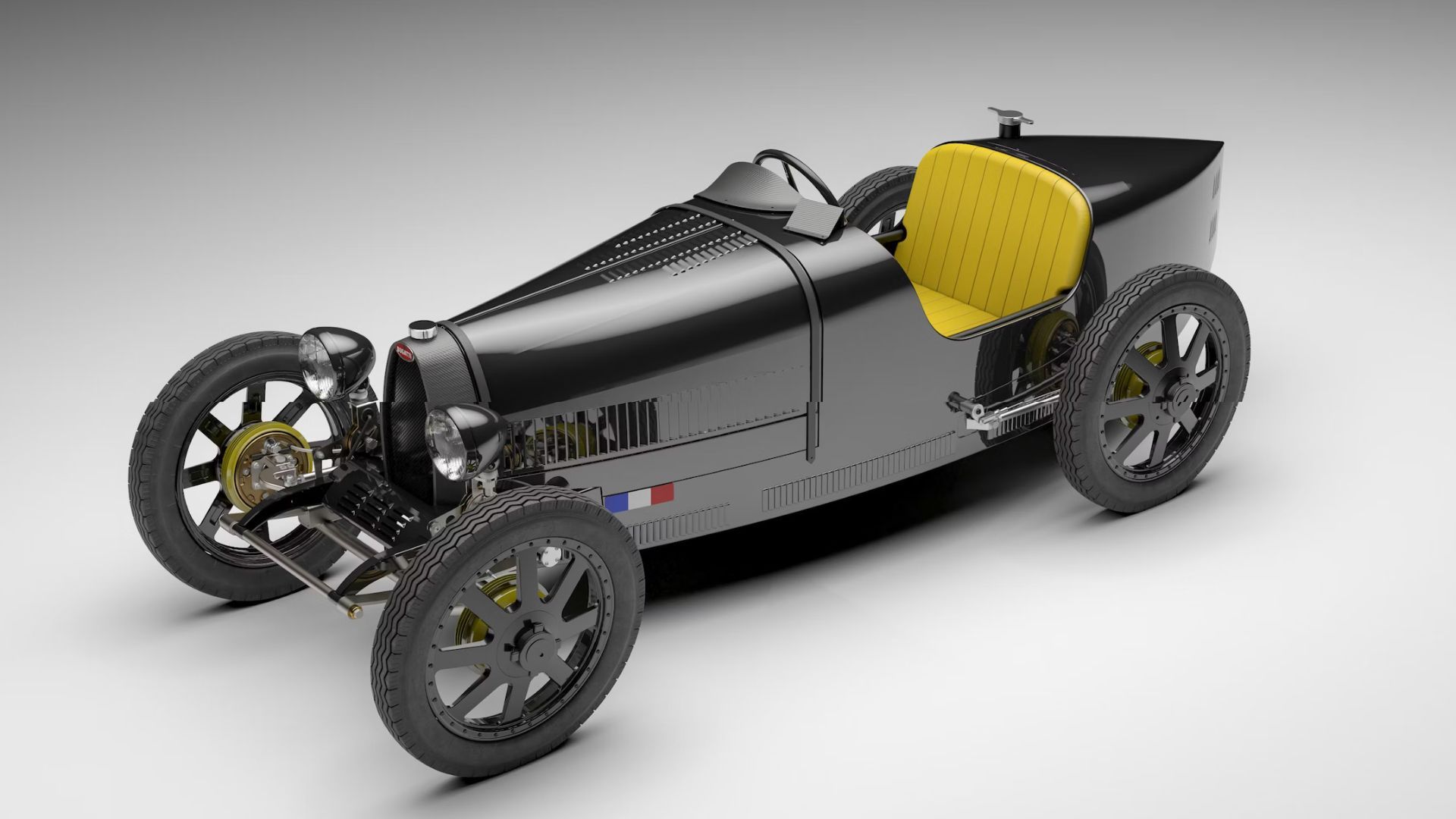Summary
- The classic car market experienced a decline at Monterey's auctions, raising the question of whether now is the time to invest in classic cars.
- Pre-war classics defy market fluctuations and continue to hold their value, with brands like Bentley and millennials driving demand.
- Various indices, such as the Knight Frank Luxury Investment Index and Hagerty's data, provide insights into the performance and volatility of classic cars as an investment asset class.
The classic car market felt a fresh change, climaxing at Monterey’s auctions. All attention was riveted to the Pebble Beach Concours d’Elegance on Aug. 20 in picturesque Carmel, California. However, whispers of unease grew among fans, many anxious about the vast number of cars at auction and the event’s complex logistics.
Post-event, the statistics depicted a market in transition. Sales from five premier auction houses just surpassed $400 million, a decline from the prior year’s $473 million. The sell-through rate was 68 percent for 1,225 cars, down from the previous 78 percent. Notably, a vibrant market boasts a rate of over 80 percent. Even market giants like Ferrari weren’t spared. A 1967 Ferrari 412 P, estimated at $40 million at Bonhams, garnered only $30.2 million. This shift raises a thought-provoking query: Is now the time to venture into classic car investments? Let’s explore.
Monterey’s Top Classic Car Sales: A Glimpse
The recently completed Monterey Car Week unveiled some remarkable sales in the classic car domain. Leading the roster was the iconic 1967 Ferrari 412 P Berlinetta. Other top contenders included:
- The sleek 1957 Jaguar XKSS Roadster fetched a handsome $13.2 million at RM Sotheby’s.
- The 1962 Ferrari 250 GT SWB Berlinetta commanded nearly $9.5 million at Gooding & Co.
- A vintage 1959 Ferrari 410 Superamerica SIII Coupe, realizing $6.6 million for RM Sotheby’s.
- The 1937 Bugatti Type 57SC Tourer clinched almost $5.4 million.
Interestingly, Ferraris dominated the limelight, representing half of the top 10 sales – a common trend for Monterey.
In terms of auction houses, both Gooding & Co. (boasting a 76 percent sell-through rate) and RM Sotheby’s (with an impressive 85 percent rate) claimed four spots in the week’s top 10 sales. Meanwhile, Bonhams and Broad Arrow each secured a place with their respective 73 percent and 80 percent sell-through rates. With a 56 percent sell-through rate, Mecum Auctions highlighted their week by selling a 1966 Ferrari 275 GTB/2 Longnose Alloy Coupe for $3.4 million.
As Craig Jackson, CEO of auction giant Barrett-Jackson, notes, while there’s substantial money in circulation, discerning buyers are more selective now. Economic factors and rising interest rates have instilled caution.
Jackson advises, “In choosing perfection and slight cost-saving with imperfections, always opt for the best car available.”
The Timeless Charm Of Prewar Classics
As the broader classic car market faces fluctuations, one segment gleams brightly, defying the odds - the Prewar vehicles. These magnificent automobiles, crafted before or during World War II, have been the talk of enthusiasts and collectors, especially after a 1937 Mercedes-Benz 540K Special Roadster, once gracing the collection of the Shah of Afghanistan, clinched the highest honor at the Pebble Beach Concours d’Elegance.
This newfound vigor for Prewar automobiles isn’t fleeting. Bentley’s recent successes with its prewar continuation series and a rising trend of millennials taking these classics to the roads in rallies signify a deeper connection. These cars are rolling works of art, capturing hearts with unparalleled workmanship, design, and quality.
Evidence of this growing adulation isn’t hard to find. Gooding’s auction reported three of its top five sales from this category:
- A 1914 Mercer Type 35-J Raceabout that fetched $4.7 million.
- The elegant 1933 Alfa Romeo 8C 2300 Cabriolet sold for $4.5 million.
- And a 1912 Simplex 50 HP Toy-Tonneau securing $4 million.
RM Sotheby’s also saw stellar performances. A 1937 Bugatti Type 57SC Tourer by Corsica realized almost $5.4 million, and a bespoke 1933 Packard Twelve Convertible Victoria by Dietrich garnered $3.3 million.
An intriguing highlight was RM Sotheby’s ‘barn finds,’ notably a collection of 20 derelict Ferraris. Some, in their abandoned state, commanded prices exceeding restored counterparts. An incredible example was a neglected 1954 Ferrari 500 Mondial Spider Series I by Pinin Farina. Despite needing millions for restoration, it was auctioned for nearly $1.9 million, almost rivaling a better-conditioned counterpart’s price from 2022.
Understanding The Market Through Indices:
A lack of data has often been a challenge in the vast universe of alternative assets. This data void led to the creation of bespoke indices for unique assets such as vinyl records, tequila, and concert posters. However, when it comes to classic cars, the story is different. Multiple dependable indices monitor traditional car price fluctuations, ensuring enthusiasts and investors stay informed.
Knight Frank Luxury Investment Index:
Their 2023 report highlights an impressive stat – vintage cars saw a 25 percent growth over the past year. This positions classic cars as the second-best performing luxury asset, trailing only behind fine art. However, as with many high-return investments, classic cars exhibit volatility. They’re grouped with startups regarding stability, indicating potential for high rewards and risks.
HAGI’s Historical Analysis:
The Historic Automobile Group International (HAGI) index offers another perspective. Its data suggests that classic cars outshone most major collectibles during the 2008-2010 recession, with only gold taking a superior position.
Decoding Hagerty’s Data:
Hagerty is another renowned name in this space, categorizing the market into seven distinct segments, such as 1950s American, Ferrari-specific, and Muscle Cars. Their innovative ‘Hagerty Market Rating’ is a forward-looking index, revealing that speculation reached its zenith in 2015. There was a decline, with a slight uplift during the COVID period. However, as of mid-2022, prices have reflected the more significant equities market downturn.
- The High-End Resilience: The Hagerty Blue Chip Index showed a remarkable trend. Blue-chip classics, encapsulating premium brands like Ferraris and Porsches, peaked in 2015, got a temporary boost during the pandemic, and have since maintained stability, indicating enduring demand in this segment.
- Affordable Classics - The Underdogs: Hagerty’s Index of Affordable Classics presents a heartening picture. Cars once valued at $20k in 2007 surged to a whopping $60k, translating to an 18.8 percent annualized growth. Interestingly, despite other indices lagging behind their 2015 highs, affordable classics have thrived post-pandemic. This buoyancy underlines their appeal to first-time investors and demonstrates market expansion post-COVID.
- Muscle Cars – The Torchbearers: Shelbys, Impalas, and Mustangs – the stalwarts of the Muscle Car category, have not only surpassed their 2015 highs but also displayed growth into 2023, underscoring their timeless allure.
While there have been crests and troughs, the classic car market showcases enduring resilience, powered by its high-end wonders and the more accessible classics.
The Classic Car Connoisseur's Guide: Brands, Trends, And Market Dynamics
The echelons of the classic car market are unmistakably led by three giants: Mercedes-Benz, Porsche, and, above all, Ferrari. The Classic Car Auction Yearbook aptly captures the latter's stature, which dubs Ferraris the "blue chips of the sector." Ferrari's staggering 2022 sales, totaling 13,221 cars, marked an 18.5 percent increase from the previous year. However, while Ferrari boasted an impressive average auction sale price of $589,000 in 2021-22, Porsche pulled ahead in Q4 2022 in dollar volume, albeit with a higher volume of cars auctioned.
But what about the future classics? The 25-year rule highlights sporty 90s marvels, like the first-generation Dodge Vipers, which currently see prices approaching the $70k mark from sub $50k ranges. When considering recent models, luxury and uniqueness reign supreme—think a 2020 Ford Mustang GT350 or a 2021 Lexus LS500.
Drawing parallel, classic cars are to assets what fine wine is to collectibles. With 10-year returns at 185 percent for cars and 162 percent for wines, the comparison is apt. As wines are savored, classic cars, too, diminish in number, getting eroded by time. This natural reduction and high inflation can make classic cars an intriguing alternative investment class. Yet, as indicated by the Hagerty Market Rating, the market's pulse remains enigmatic. Despite its recent upswing and positive auction trends, experts advise caution, emphasizing consistency in growth indicators before diving in.
Potential investors should tread carefully in this volatile arena, favoring Affordable Classics and Muscle Cars. And while the West has traditionally spearheaded classic car investments, Asia is fueling the new enthusiasm in the market.
Why Now Is The Perfect Time To Invest In Classic Cars
The winds of change have unmistakably swirled around the classic car market. With sales showing a temporary dip and market fluctuations impacting even heavyweights like Ferrari, one might initially be hesitant. But, as is often the case, these moments of transition usher in golden opportunities for discerning investors. The recent auction data underscores the inherent resilience of the market, bolstered by high-end classics and affordable wonders.
The enduring allure of Pre-war era classics and the burgeoning demand in Asia paints a promising picture. Factor in the natural decrease in numbers due to the sands of time, and each classic car’s rarity and value only intensify. Like fine wine, their worth only appreciates with each passing year. Economic nuances aside, the romantic pull of a classic car, its history, craftsmanship, and sheer beauty make for a compelling investment. For those poised at the crossroads of passion and pragmatism, now might be the opportune moment to drive into the world of classic car investments.

